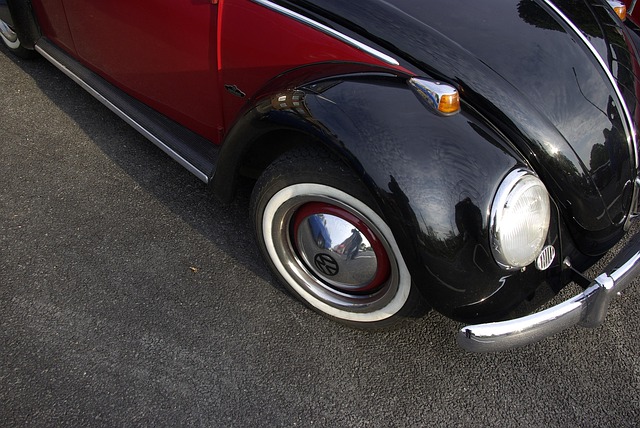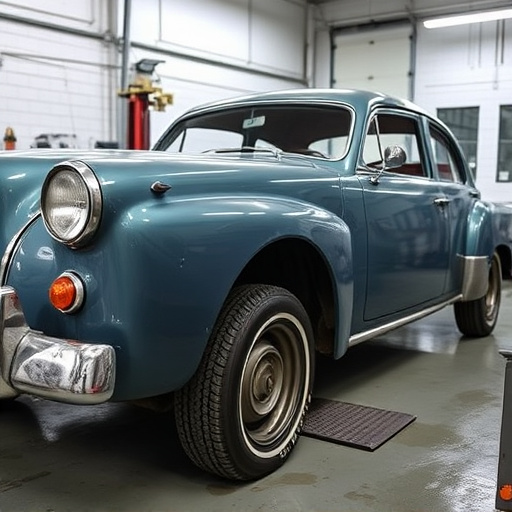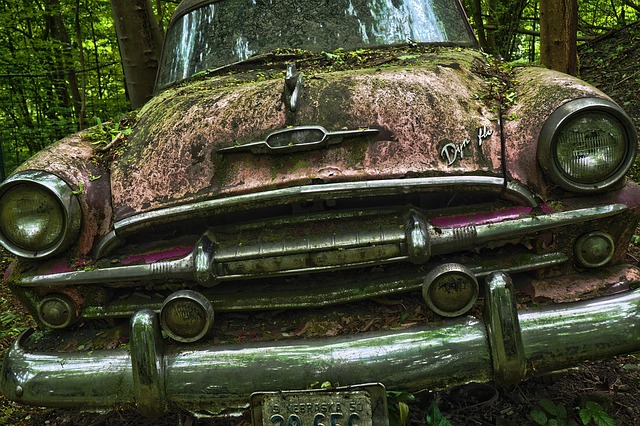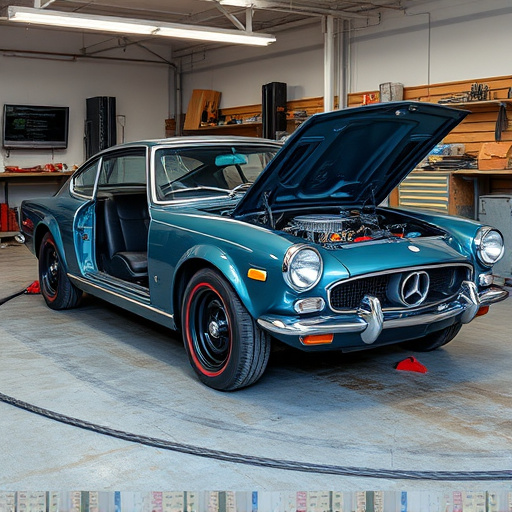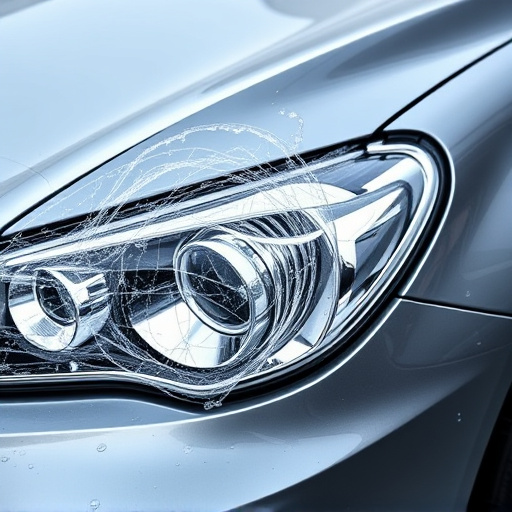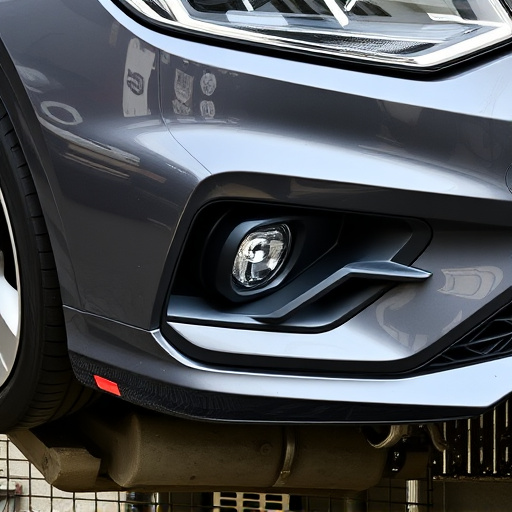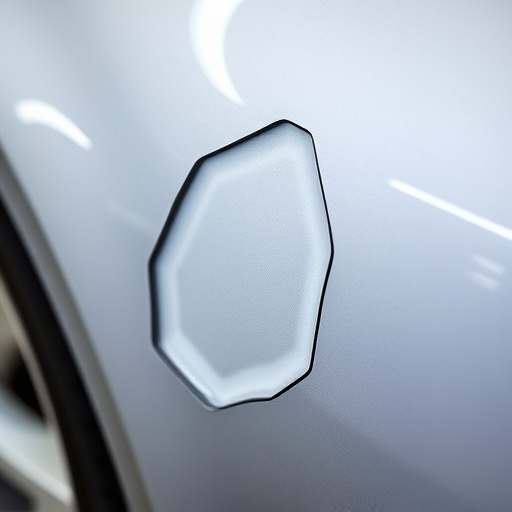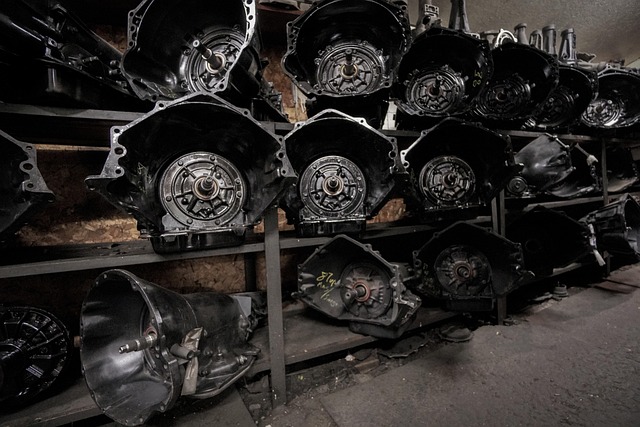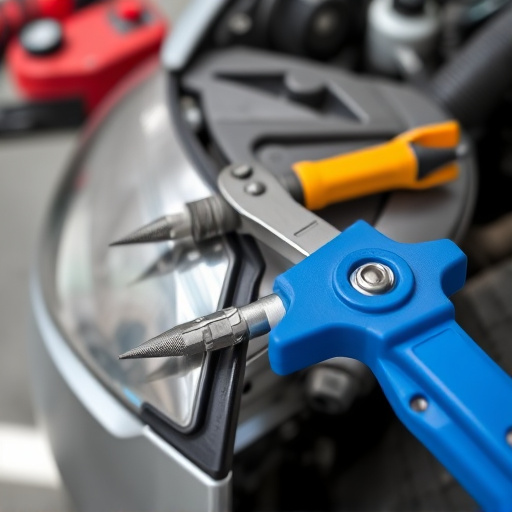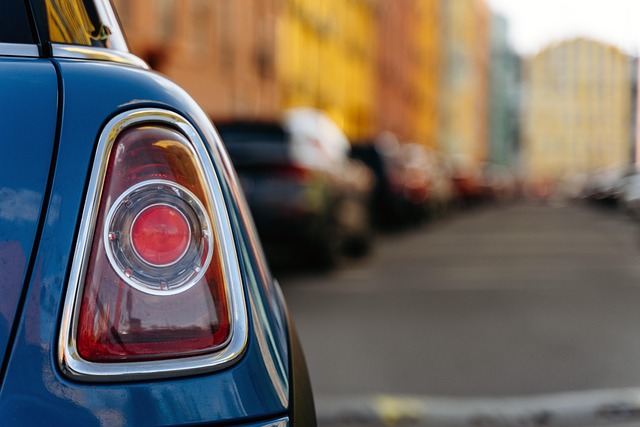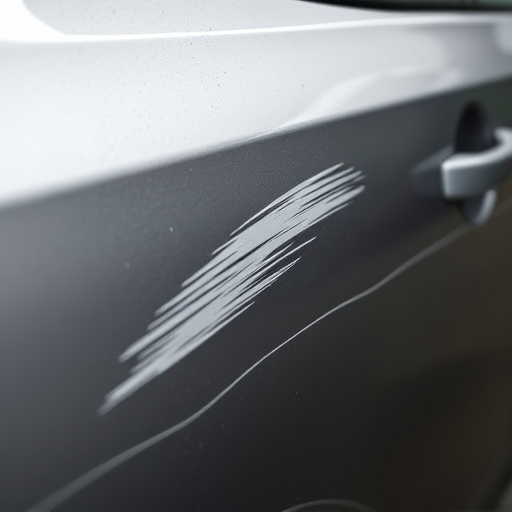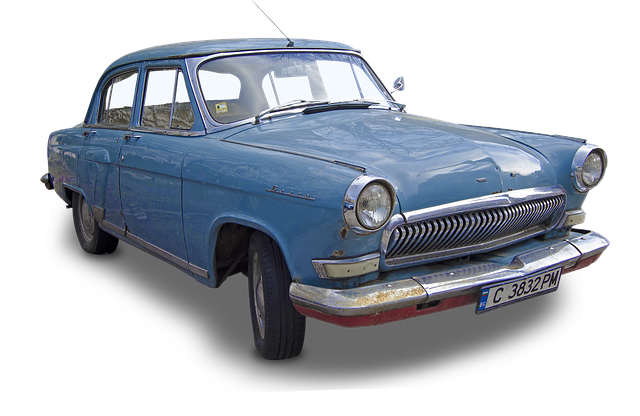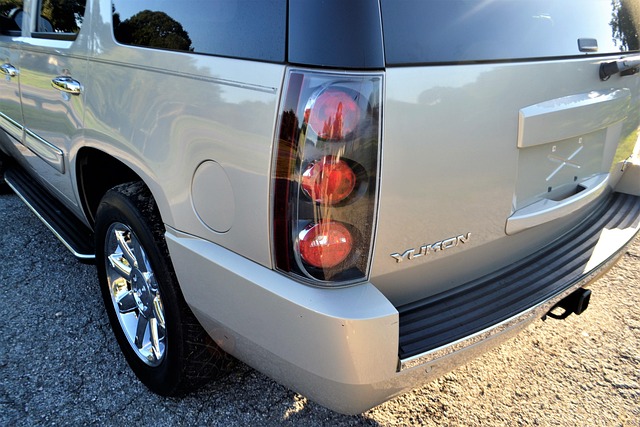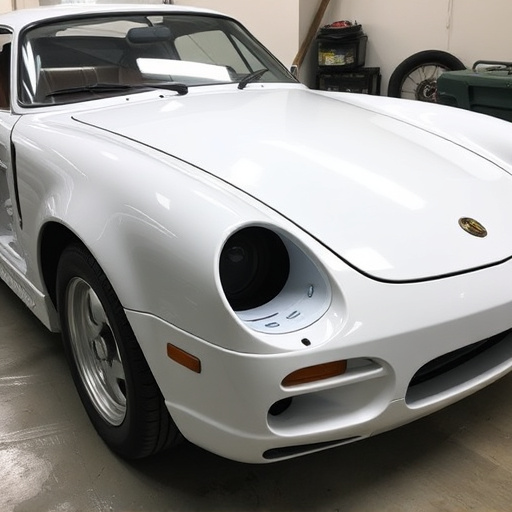Collision repair technicians in district locations are vital for providing quick, safe, and quality auto body repairs, adhering to strict safety protocols, PPE usage, and regular training. Their commitment ensures vehicle integrity, minimizes risks, and facilitates efficient services, from simple dent repairs to complex reconstructions. Proper workshop organization, hazard recognition, and PPE enhance safety, service quality, customer satisfaction, and the reputation of close by collision repair shops.
In the fast-paced world of automotive repair, especially in close by collision repair centers, best practices are paramount. This article delves into the core strategies that distinguish top-tier district collision repair technicians. From prioritizing safety with comprehensive protocol and personal protective equipment (PPE) to mastering effective communication for enhanced customer service, each aspect contributes to a seamless, stress-mitigating experience. Furthermore, we explore technological innovations like advanced diagnostic tools, robotic welding, automated painting systems, and digital design software that revolutionize collision repair techniques.
- Safety Protocols for District Collision Repair Technicians
- – The importance of safety in collision repair settings
- – Personal protective equipment (PPE) and its usage
Safety Protocols for District Collision Repair Technicians
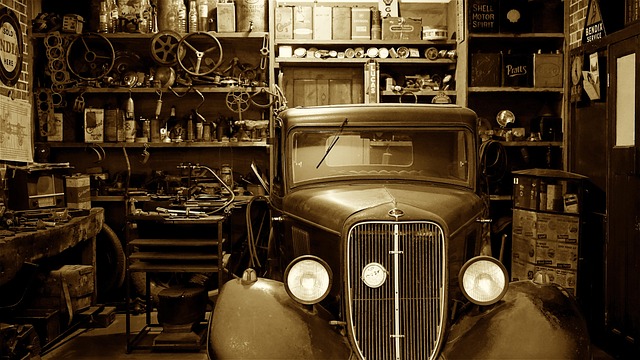
Collision repair technicians working in district locations play a vital role in ensuring vehicle safety and quality repairs for customers who rely on close by collision repair services. These professionals adhere to stringent safety protocols to safeguard themselves, their colleagues, and the vehicles under repair. Personal protective equipment (PPE), including gloves, goggles, and respirators, is mandatory for all technicians to protect against hazardous materials, debris, and dust during the repair process.
Regular training sessions on safety procedures, use of specialized tools, and adherence to industry standards are integral parts of their work culture. By prioritizing safety, these technicians contribute to the overall integrity of the vehicle body shop services, ensuring that each restored vehicle meets the highest safety standards before it leaves the premises as a fully functional and reliable mode of transport, akin to a refined vehicle restoration process.
– The importance of safety in collision repair settings
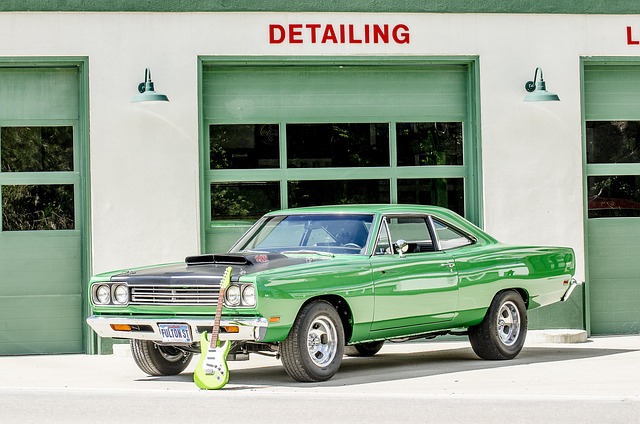
In the dynamic field of collision repair, safety is paramount, especially considering the nature of work involving heavy machinery and potentially hazardous materials. District collision repair technicians must be adept at navigating a safe environment to ensure not just their well-being but also that of their colleagues and nearby residents. Proper training on the latest safety protocols, equipment operation, and hazard recognition is fundamental for every technician in close by collision repair shops. Adhering to these standards not only minimizes risks but also facilitates efficient auto body services and auto maintenance practices.
Furthermore, effective safety measures extend beyond personal protection gear; they encompass the entire workshop. Well-organized facilities with clear labeling of toxic substances, properly secured storage areas for tools and parts, and adequate ventilation systems are crucial in a collision repair setting. These safety considerations are essential in preventing accidents, minimizing damage, and ensuring that every process, from auto dent repair to complex reconstruction, is carried out smoothly without compromising anyone’s safety.
– Personal protective equipment (PPE) and its usage
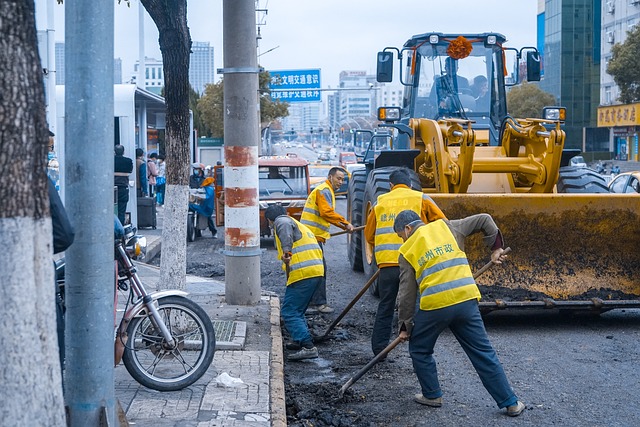
In the close by collision repair industry, prioritizing safety is paramount. Personal protective equipment (PPE) serves as a critical line of defense for technicians working with potentially hazardous materials and machinery. From noise-canceling earplugs to protect against loud grinders, to respirators filtering airborne debris, PPE ensures that these professionals can perform their tasks without compromising their health. In addition to physical protection, gloves and safety goggles safeguard hands and eyes from sharp edges, chemical splashes, and flying particles, common hazards in any auto body repair setting.
Proper PPE usage not only protects technicians but also enhances the overall quality of close by collision repair services. Well-protected workers are better equipped to focus on meticulous tasks, ensuring precise measurements, clean joints, and flawless finishes. By adhering to these best practices, body shop services maintain high standards, fostering customer satisfaction and building a reputation for top-notch auto body repair.
District collision repair technicians prioritize safety as a core best practice, recognizing that it’s paramount in their close by collision repair settings. By adhering to stringent safety protocols and utilizing personal protective equipment (PPE), they ensure a secure working environment, mitigate risks, and contribute to the overall quality of their repairs. These measures not only protect technicians but also foster customer satisfaction and the reputation of local collision repair services.
